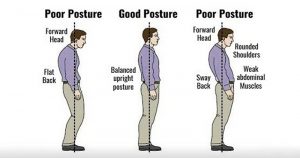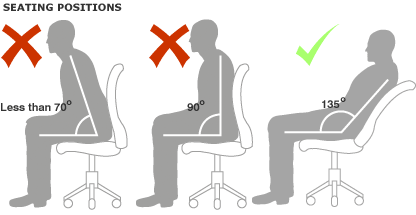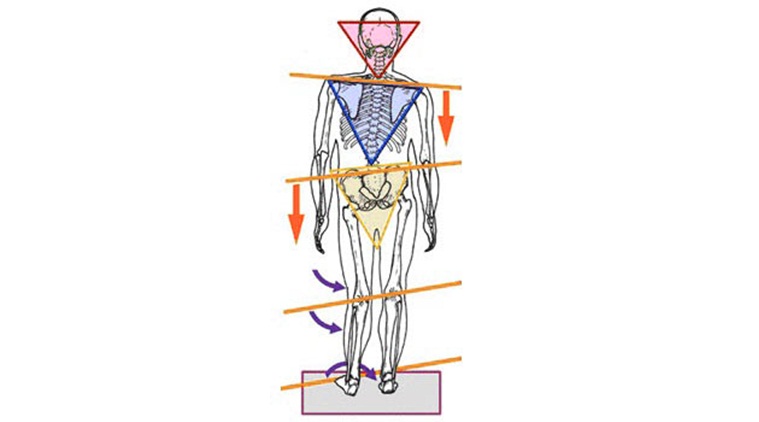
Postures Guidelines: Are You Standing In The Right Way?
The way we stand, our posture reflects the position of the musculoskeletal structure of our body. It is believed standing straight against the Gravity.
Then, what is a good posture to stand?
A good posture refers your bones should properly be aligned and your muscles, joints, and ligaments can work as nature planned. It means your vital organs must be in right position and can function at peak efficiency. Standing with a good posture results in the normal function of the nervous system.

Standing in an irregular posture results in health decline and efficiency may be negotiated. These poor postures will come out as long-term effects such as digestion, breathing, muscles, joints, and ligaments.
What is a poor posture?
Noticeable signs of poor posture in people who are lazy include tilting the head forward, rounding the upper back and arching the lower back. These positions overstress the spine’s natural curves.
Signs of a Poor Posture:
Fatigue:
Your muscles have to work hard just to hold you up if you have a poor posture. People waste energy just by moving, which leaves them tired so early in the day.
Tight, painful muscles in the neck, back, arms and legs:
People may change in their muscles and ligaments and people feel they are having a stiff, tight painful feeling. The neck and back problems are the results of these tight and painful muscles by maintaining bad posture.

Joint stiffness and pain:
People in this stage are at risk for “wear and tear” arthritis, or what is termed degenerative osteoarthritis.
Here is how you can self-assess your posture whether it is good or bad posture:
Mirror Test:
See yourself in a full-length mirror. Your shoulders must be levelled, head in a straight position, the spaces between your arms and sides must be equal, kneecaps should face straight ahead and ankles must be straight.

How to improve your posture:
If you find that your posture doesn’t match the above signs, still there are ways to improve your posture.
Posture while standing:
Raise your head high, chin firmly forward, shoulders back, chest out, and stomach tucked in to increase your balance. If you are the person who stands all the day, then you have to rest one foot on a stool or take breaks to get off your feet for a while.
Posture while sitting:
Sit in a chair with firm low-back support. Keep the table-top elbow high, use a footrest to keep pressure off the back of the legs, and keep your knees a little higher than your hips. Get up and stretch frequently, every hour if you sit for long periods of time.
Posture while working on a computer:
Take a 1-2 minute task break every 20 minutes. Keep the screen 15 degrees down to your eyes.
Posture while sitting in the car:
Adjust the seat forward so your knees are higher than your hips. Put a small pillow or cushion of your back.